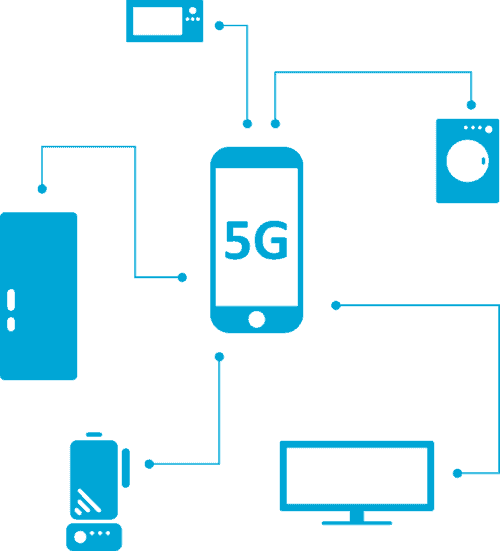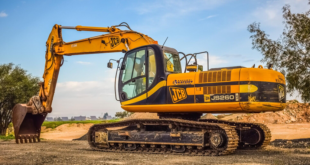Most of us who love technology are very familiar with 3G and 4G, having waited in anticipation before each generation of mobile network was unveiled. But based on all the buzz, and all the investments being made into it, 5G is going to far exceed anything we’ve seen so far when it debuts around 2020. For starters, it is expected to transmit data approximately 20 times faster than 4G LTE. But this fact alone isn’t what will make it so noteworthy; it’s what this type of speed is going to enable that is important. Here’s a look at what’s most likely to come when 5G and IoT meet.
Advanced Tech will be Normalized
In today’s world, technology moves so quickly that new features and capabilities aren’t surprising to most people. But extremely advanced technology still isn’t in every household or totally commonplace. When 5G is available, IoT will be furthered dramatically. For instance, consider wireless headphones, like Beats by Dre. They’re known today as high-quality headphones that also make a style statement, and they’re continually evolving to become more and more tech-enriched. As 5G starts to become available, these types of headphones will likely connect to 5G without smartphones or other wearables.
And past that, augmented reality headphones could be the next progressive stage of this technology. It’s not impossible to imagine walking around and seeing people wearing augmented reality headphones in the grocery store or at a park. With such a fast and powerful network to latch onto, audio and visual technology can move forward at a wild pace without being tied down by wires or cell towers.
Smart Cities will be Abundant
One of the most practical applications of IoT technology is within smart cities, which are currently in formation across the country. Los Angeles, for example, has already installed smart parking in order to help clear up traffic issues and give drivers a better shot at finding parking. These types of uses for IoT can go a long way in improving quality of life for many people and contributing to safety.
But part of the challenge today with these interconnected metropolises is that the available infrastructure is limited in speed and functionality. This can all change with the introduction of 5G, although it will be a long road to get there. Once 5G is accessible, IoT can really flourish in everything from managing large-scale logistics (like timing of subways) to minor but also important tasks like controlling the lighting and safety features in city parks and beyond.
No Industry will be Overlooked
One of the most exciting aspects of 5G in the future is that it is likely to be embraced by all people, in all walks of life, and all businesses, across every industry. It’s already being seen as technology that unifies. For instance, Microsoft and Rolls-Royce are already partnering to offer “advanced operational intelligence” to airlines, in order to better maximize operations, gauge fuel usage and manage maintenance coordination. From the transportation industry to government to formerly technology-limited industries like construction, 5G and IoT are going to produce significant opportunities for business growth, human safety and even further technological advancement.
So while 2020 is still a couple years away, the writing seems to be on the wall that it is going to bring about some meaningful technological developments. The marriage of 5G and IoT is one of them, and all of us who love technology can only wait with baited breath to see what else comes along with it.
 Gearfuse Technology, Science, Culture & More
Gearfuse Technology, Science, Culture & More



